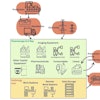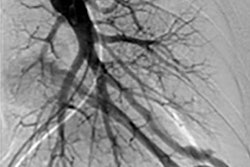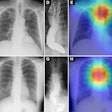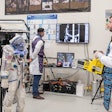Dear Digital X-Ray Insider
Artificial intelligence (AI) techniques like deep learning and machine learning are being tested for a wide range of tasks, the most notable of which is analyzing images for signs of pathology. But can we find other uses for deep learning in the radiology environment?
A group from Georgetown University thinks so. The team developed a deep-learning algorithm for analyzing radiographs to detect laterality -- basically, the correct orientation of an image. It's an important issue because many radiographs don't indicate laterality in the DICOM metadata. That could potentially lead to medical errors down the road, such as wrong-side surgery.
The Georgetown group's deep-learning model can be used either to analyze a database of historical x-rays to add laterality information or in real-time as a quality control check. Find out how well it worked in this edition's Insider Exclusive.
Researchers are finding that digital x-ray is a fertile testing ground for many AI applications. In a study by researchers from Massachusetts General Hospital, an AI algorithm was able to identify patients who were at higher risk of long-term mortality by analyzing their chest radiographs, creating the possibility for early intervention and lifestyle modifications.
And in a study presented at the Society for Imaging Informatics in Medicine in June, a research group from McGill University in Montreal presented work on an AI algorithm that detected, localized, and classified suspected tuberculosis on chest x-rays.
In the realm of interventional radiology, endovascular embolization is a useful technique for treating arteriovenous malformations -- particularly for individuals with hereditary hemorrhagic telangiectasia, a genetic disease that makes them more prone to blood vessel malformations. But embolization is less effective in patients who smoke, according to researchers from the Mayo Clinic in Rochester, MN.
A big story in our last Digital X-Ray Insider was news that young people might be growing "horns" on their heads from excessive cellphone use. Since then, a number of experts have cast doubt on those claims.



















